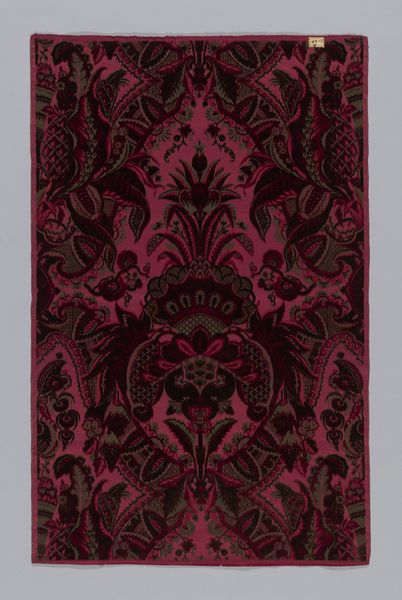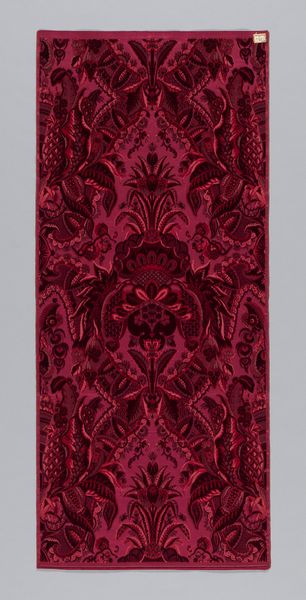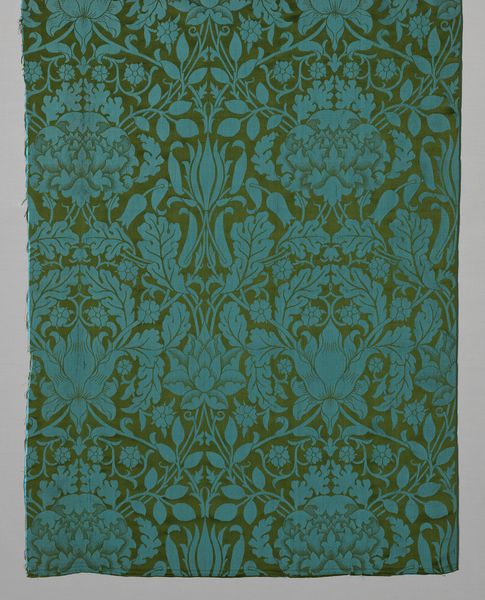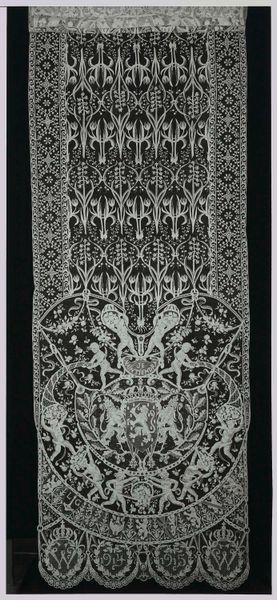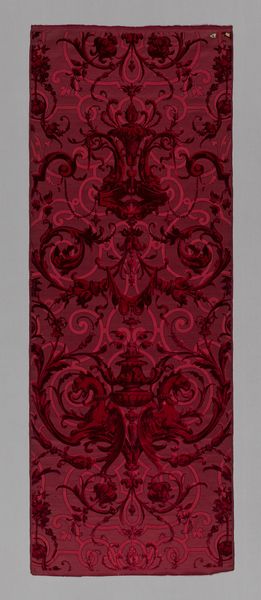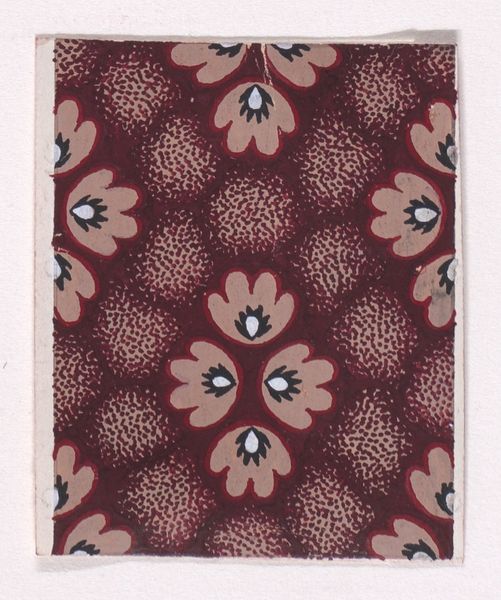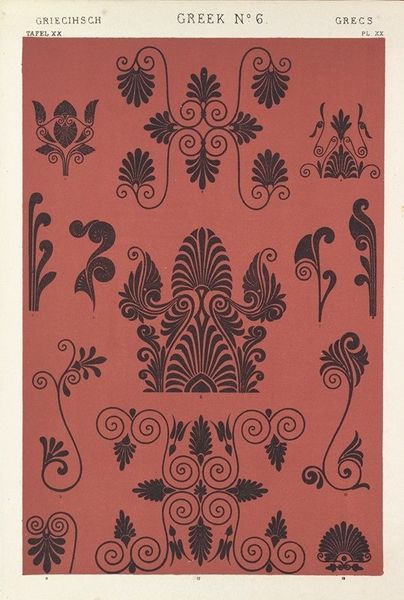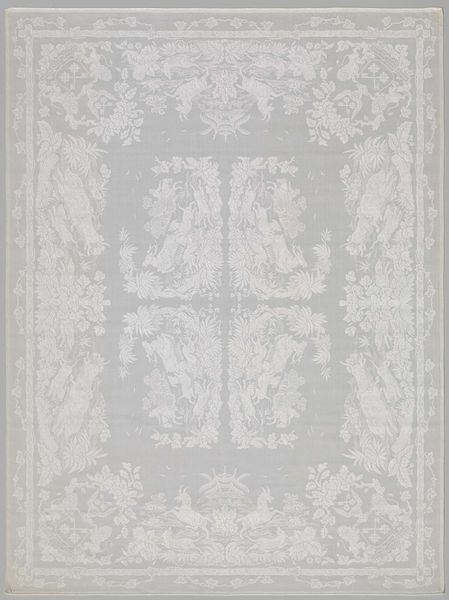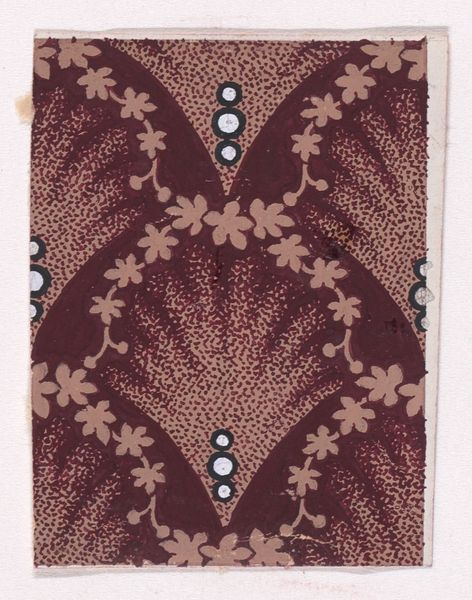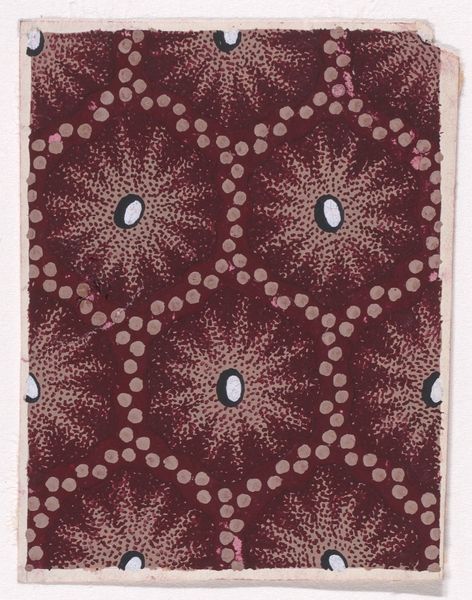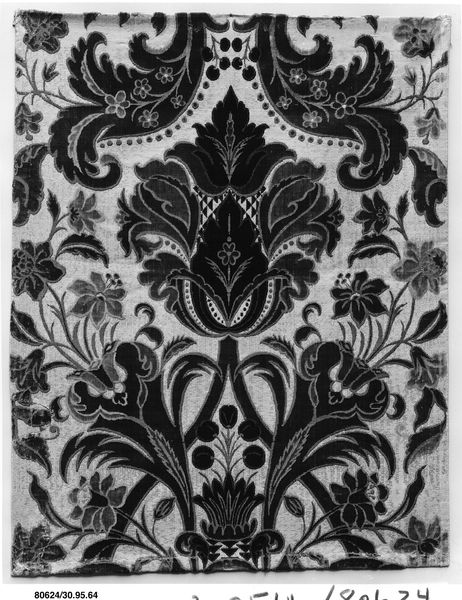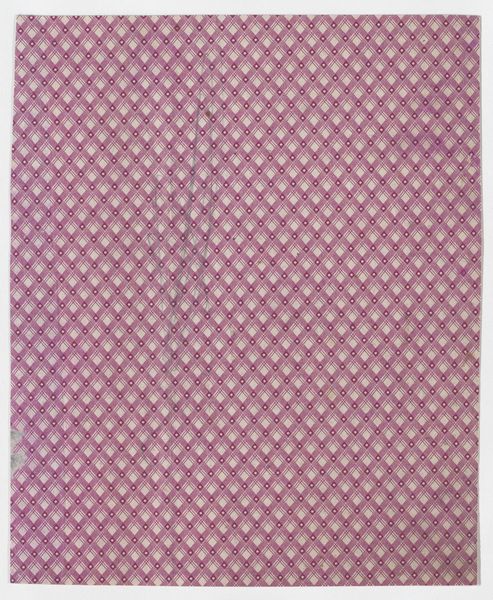
Dimensions: 74 x 29.5 in. (188.0 x 74.9 cm)
Copyright: Public Domain
Editor: Here we have a furnishing textile crafted in 1866 by Tassinari & Chatel, currently housed at the Metropolitan Museum of Art. I'm immediately drawn to the almost hypnotic floral pattern and the tactile sense it evokes, despite being a two-dimensional image. How do you interpret this textile within its historical context? Curator: It’s interesting that you highlight the "tactile sense", as these textiles played a vital role in shaping perceptions of wealth, taste, and power during the mid-19th century. Textiles like this were more than just decoration; they spoke to the industrial advancements and global trade networks of the time, but also social hierarchies. Think about who commissioned it, where it was displayed – perhaps in a wealthy home announcing taste and financial success – and how that display dictated societal norms and expectations. Do you notice any particular design motifs that speak to this? Editor: I do see floral patterns, but is there something more to it that alludes to that social aspect? Curator: Look closely. The density and repetition of the floral patterns, the implied opulence, speaks volumes. Textile production like this helped propel the industrial revolution. But how were those production realities impacting textile design? What kind of labour conditions underpinned that romanticism in visual expression? Also, consider what styles were going to dictate social spaces in the post-revolution society in Europe? These became powerful status symbols and a clear way to visually mark those changes. Editor: It's fascinating to consider this beautiful pattern as a marker of industrial and social changes, not just an aesthetic choice. Curator: Exactly. By understanding its socio-political underpinnings, we move beyond simple appreciation to critical analysis of how art operates within society. That decorative piece is more than decoration. Editor: I will definitely be looking at textiles, and all decorative art, with fresh eyes from now on! Curator: Wonderful. I, too, found myself thinking about modern sustainability efforts in light of our discussion on material production, labour force, and industrial advancements.
Comments
No comments
Be the first to comment and join the conversation on the ultimate creative platform.
